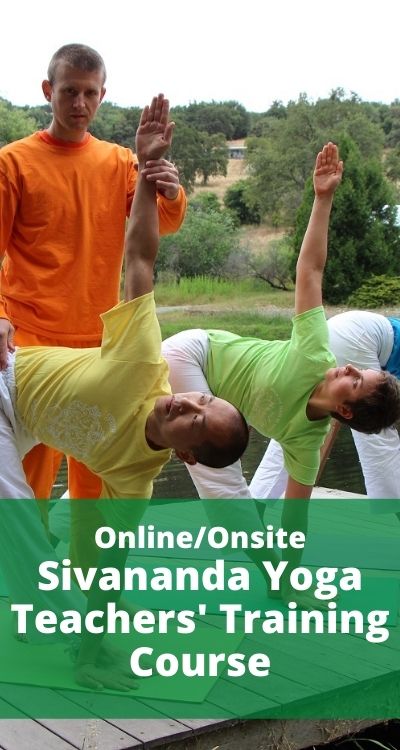What is Sadhana?
Sadhana is systematic, conscious, spiritual practice that is done in order to change consciousness. It doesn’t mean something that you do when you feel like it, and when you don’t feel like it, you do not do it – that is not sadhana. Sadhana means you have to go against the subconscious, lower mind, and do it anyway, whether you like it or not. That means you are using your conscious mind, and even if you do not like it in the beginning, eventually, your consciousness will change. It takes a long time.
Just because you do discipline does not mean you are necessarily doing sadhana. For example, if you train to be a ballet dancer, it is also a very rigorous training that requires a lot of discipline. It can be very painful, and it is a difficult skill to develop. But that is not sadhana, because it does not change consciousness. Sadhana has to change your consciousness.
You have to understand what is Sadhana. In Sivananda Yoga, we often refer to doing our asanas and pranayama as ‘doing our sadhana’, but this is not really correct. The reason for this is that Swami Vishnudevanandaji taught us that we need to start by Hatha Yoga. Also, as staff, the young people need to do hatha yoga daily in order to sublimate the emotional and sexual energy. Otherwise, after a few days, weeks or months, they will be gone. Karma Yoga, when done properly, also will sublimate the energy, because it comes together with bhakti yoga. But most of the time, we are not doing real Karma Yoga – we are just doing jobs.
The 1st Sadhana: Karma Yoga
Swami Vishnudevanandaji used to give the example that there is a person doing pranayama, and nearby, someone is crying for help. At that time, you should stop doing your pranayama, and go and help the other person, because the reason for doing pranayama is to remove the blockages in your astral body in your energy channels that comes from selfishness.That’s why Karma Yoga is the first, most important sadhana.
Sadhana in the 4 paths of Yoga
Karma Yoga is when you do action selflessly, with consciousness, without expectation of result, or by giving up of the results of action. Karma Yoga has to come together with Bhakti Yoga. Bhakti Yoga means that you do things for God, with love in your heart and the understanding that God is everywhere. It has to be done with joy and enthusiasm. When you do Karma Yoga, you may feel that nobody recognizes your work, or you may be grumbling inside because you feel that somebody else is making you do the work. But if it is real Karma Yoga (selfless action), you should not feel upset by external changes, such as a change in your supervisor, or by external feedback, positive or negative, from others regarding your work. You should just do for others, selflessly, with love and the understanding that you are serving your own Self.
Raja Yoga means you have to practice Yamas, Niyamas, concentration and meditation. Jnana Yoga is the final stage – in daily life, it means that you have to practice Karma Yoga, with love of God, with concentration, ethics, meditation, and with the understanding that you serve the Self in all. Also it means that you detach and recognize that everything that you are doing is not really important, because this is all maya.
© Swami Sitaramananda 2014 No part of this article may be reproduced in any form without the written permission of the author.



